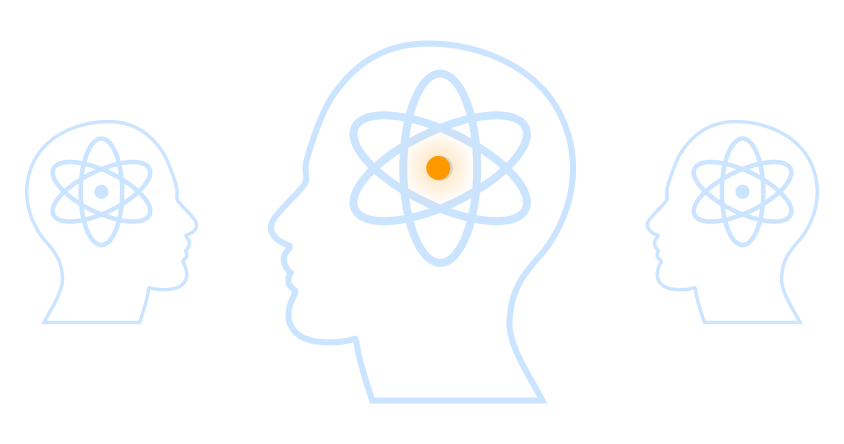Dear Fellow Innovators,
As a chemistry student, I was mesmerized by the elegance of atomic interactions as the fundamental building blocks of everything around us. Then as PhD research scientist, I became closer to the practical outcomes of the field but a frustrating reality became impossible to ignore: we're trying to solve 21st-century problems with 19th-century methods.
I remember spending months trying to optimize a single solar cell absorber material, running endless simulations that would crash after a certain time, only to discover the predictions were off when we finally reached experimental validation. That moment crystalized a feeling that had been growing for years.
The Breaking Point
Materials development is fundamentally inadequate, yet the stakes have never been higher. Climate goals demand breakthrough materials for batteries, catalysts, and generators now, not in decades. Global supply chains have exposed how fragile our materials dependencies really are. For the West, materials are no longer commodities; they're strategic assets where technological sovereignty begins.
Yet our approach to developing, optimizing, and validating these critical materials hasn't evolved much since Edison's trial-and-error days. Here's the crushing reality: at our current pace of materials discovery (10-20 years from lab to market), we won't solve these challenges in time. For instance, the first lithium-ion batteries took over 30 years from breakthrough to widespread adoption; however, we need next-generation materials for electric vehicles and energy storage now, not in 2045.
The Solution: Physics-Based AI
The breakthrough came when we realized the power of combining quantum chemistry, classical physics, machine learning and AI, generating thousands of high-fidelity predictions and finding patterns that would normally take decades to uncover.
I realized we weren't just building another simulation tool; rather, we were pioneering an entirely new offering category: a Material Intelligence Platform. Unlike traditional simulation tools that force you to choose between speed or accuracy, we could fuse physics-based methods with machine learning, AI, and cloud computing into validated prediction workflows that deliver both. We're not just making existing processes faster. It’s reimagining materials innovation entirely; thus, solving real business challenges.
When customers used our platform to accelerate their material screening by 10x-100x and file patents in months instead of years, I knew we were onto something transformative.
Building the Future
We're creating a world where everyone can design and validate revolutionary materials in weeks instead of years. Where companies can develop breakthrough batteries without million-dollar labs. Where the transformative materials essential for our sustainable future are created today.
We're not just building a company; we're catalyzing a materials renaissance. Everyone that gains access to our technology platform, every company that accelerates innovation, every sustainable material that reaches market faster, compounds into something far greater than individual discoveries.
The future of materials is ready to be unlocked through our physics-based AI and delivered through our intelligent technology platform. The transformative materials of tomorrow don't have to wait.
They can be created today.
Join us in shaping the future of materials and building a more sustainable world through breakthrough innovation.
Marcel Quennet
Co-Founder & CEO, Quantistry
If you're an industrial innovator, sustainability champion, or visionary investor who believes breakthrough materials can change the world, let's connect. The future of sustainable materials is too important and too urgent to build alone.













.webp)


